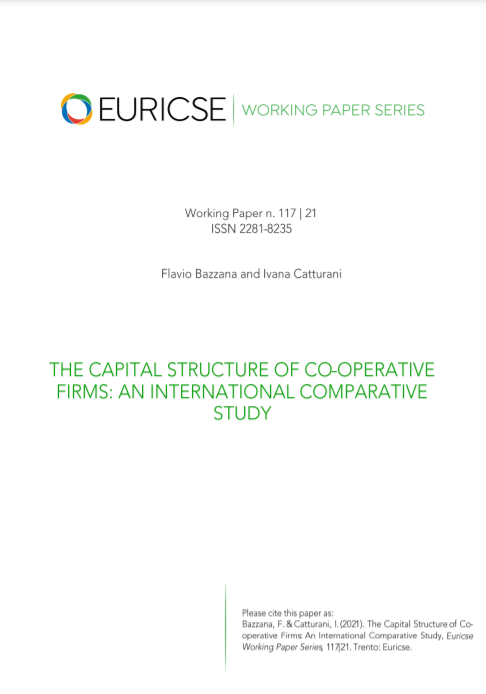WP 117 | 21 The capital structure of co-operative firms: an international comparative study
Anecdotal evidence describes how co-operatives are facing a financial crunch, particularly since the economic crash of 2008. Co-operatives are considered to be at greater risk and less profitable than other companies because of the constraints on redistribution of profits and the choice to employ the most vulnerable workers. Moreover, in most countries, there are no specific policies or regulatory frameworks. Thus, the access public funds is hindered. Business, social and governance dimensions affects (mainly negatively) their access to external finance. The role of external financing becomes pivotal for initial success and further development of the co-operative. However, these firms may be able to count on internal sources, including capital from the social base and from management. Unlike other firms, the use of internal sources is not related to the redistribution of profits to owners. The balance between internal and external sources is a focal discussion point. This paper aims to analyse the composition of the capital of co-operatives. In particular, it focusses on the share of internal and external financing and tries to understand the similarities and differences among various typologies of co-operatives established in different countries and operating in different industries.

